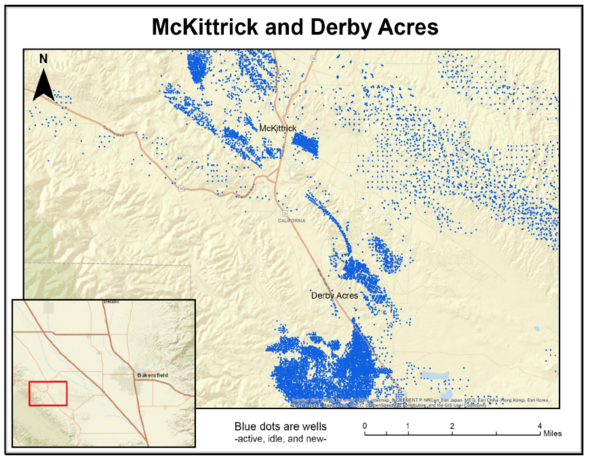The United States Environmental Protection Agency (EPA) today issued it's final report on the impacts of hydraulic fracturing on drinking water supplies. Although the report identifies several areas of concern in the "fracking" process with the potential to cause problems, EPA was unable to conclusively characterize the severity or frequency of fracking impacts on drinking water.
The tone of the final report appears to be less dismissive of fracking concerns as the previous EPA "draft" report seemed to be. However, although it gives detailed information about potential vulnerabilities to drinking water resources, EPA said it was not designed to document specific impacts that have occurred.
Nevertheless, the latest findings are sure to do nothing to lessen the debate between those who favor the practice and those who vehemently oppose it.
"The value of high quality science has never been more important in helping to guide decisions around our nation’s fragile water resources. EPA's assessment provides the scientific foundation for local decision makers, industry, and communities that are looking to protect public health and drinking water resources and make more informed decisions about hydraulic fracturing activities,” said Dr. Thomas A. Burke, EPA's Science Advisor and Deputy Assistant Administrator of EPA's Office of Research and Development. "This assessment is the most complete compilation to date of national scientific data on the relationship of drinking water resources and hydraulic fracturing."
Hydraulic fracturing is a process that involves injecting large volumes of water and chemicals into oil and gas containing formations underground to break or "fracture" those formations to facilitate the production of oil and natural gas that might not otherwise be recoverable.
Critics have claimed the practice is unsafe and should be banned everywhere, pointing to examples of drinking water wells contaminated with methane gas and other harmful chemicals, as well as the increased frequency of earthquakes that they claim is the result of fracking.
Supporters have pointed to a fracking history of over 40 years that has shown little, if any, of the problems critics describe in the overwhelming majority of sites that have been fracked.
The new report looked at every step of the hydraulic fracturing process, including some areas that arguably are common oil & gas industry practices for non-fracked wells. These include:
(1) Acquiring water to be used for hydraulic fracturing (Water Acquisition),
(2) Mixing the water with chemical additives to make hydraulic fracturing fluids (Chemical Mixing),
(3) Injecting hydraulic fracturing fluids into the production well to create and grow fractures in the targeted production zone (Well Injection),
(4) Collecting the wastewater that returns through the well after injection (Produced Water Handling),
(5) Managing the wastewater through disposal or reuse methods (Wastewater Disposal and Reuse).
According to the Executive Summary in EPA's latest report, the agency's review of peer reviewed scientific data led it to identify those areas in which impacts from hydraulic fracturing activities CAN be more frequent or severe, including:
- Water withdrawals for hydraulic fracturing in times or areas of low water availability, particularly in areas with limited or declining groundwater resources;
- Spills during the management of hydraulic fracturing fluids and chemicals or produced water that result in large volumes or high concentrations of chemicals reaching groundwater resources;
- Injection of hydraulic fracturing fluids into wells with inadequate mechanical integrity, allowing gases or liquids to move to groundwater resources;
- Injection of hydraulic fracturing fluids directly into groundwater resources;
- Discharge of inadequately treated hydraulic fracturing wastewater to surface water resources; and
- Disposal or storage of hydraulic fracturing wastewater in unlined pits, resulting in contamination of groundwater resources.
For more information:







